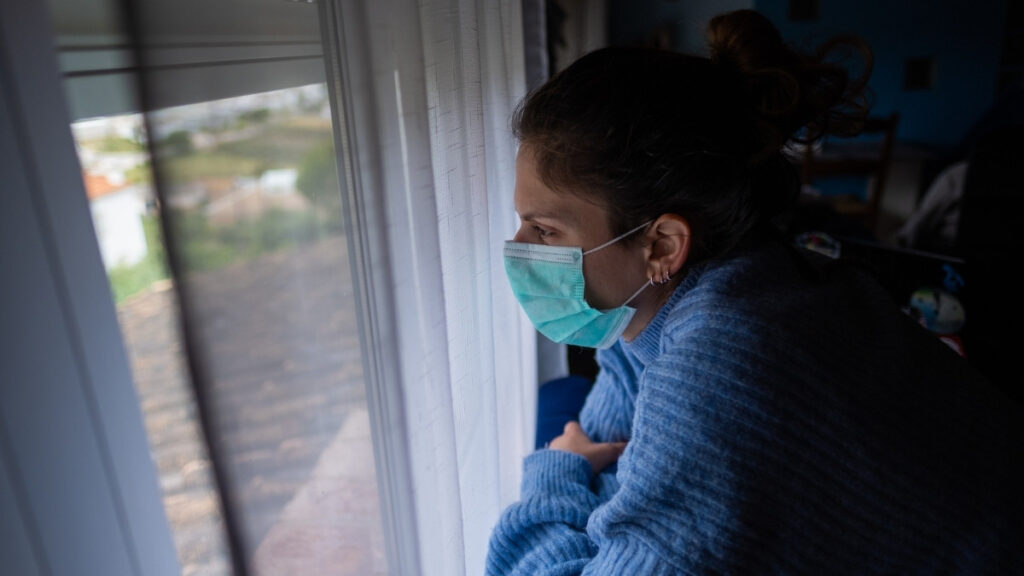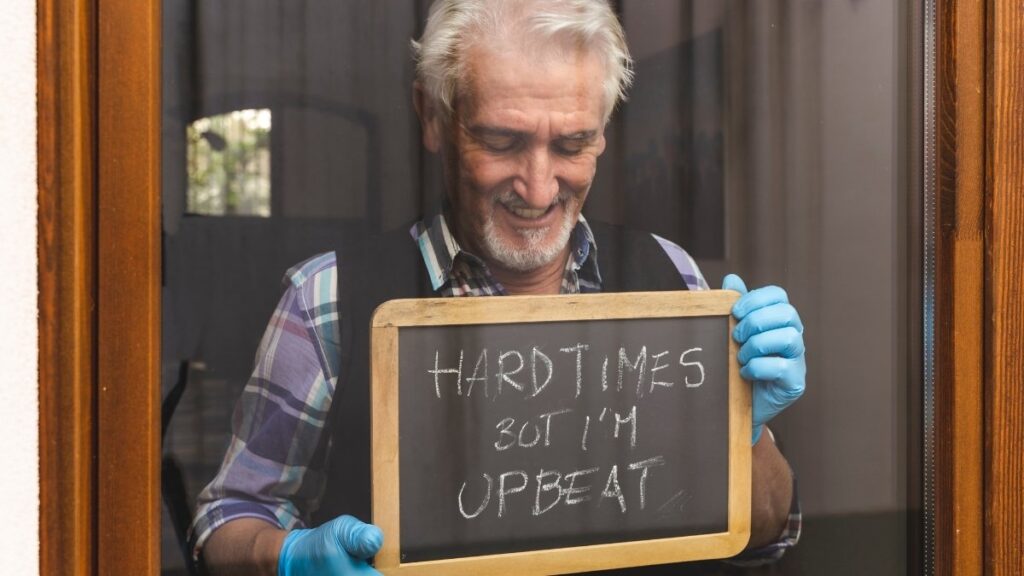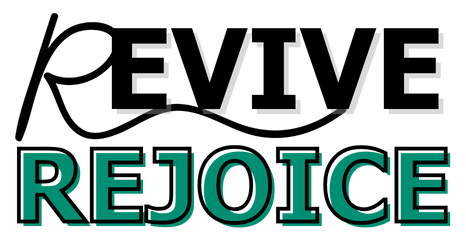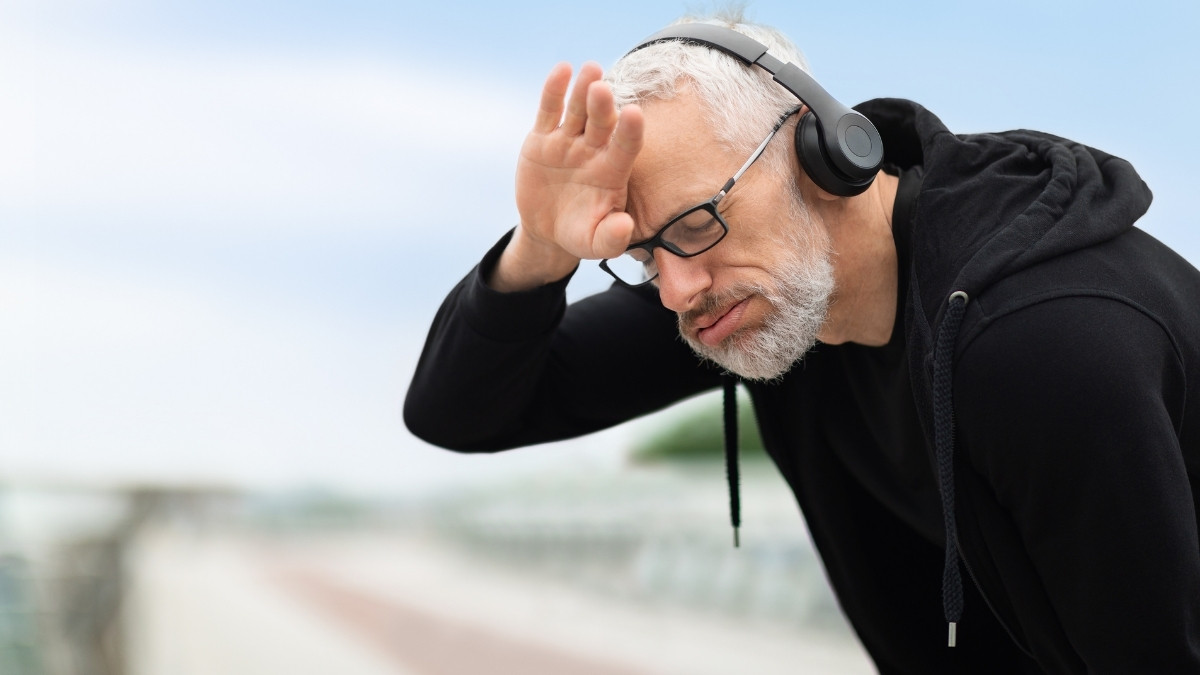Practical Solutions for the 5 Biggest Challenges Keeping Seniors From Staying Active and Healthy
According to the U.S. Surgeon General, social disconnection can be as detrimental to health as smoking up to 15 cigarettes a day. This statistic validates that the common frustrations of aging are not minor inconveniences; they are significant, systemic, and serious public health challenges.
The “annoyances” associated with senior wellness—from loneliness to navigating a fragmented healthcare system—are real and backed by data. This article moves beyond generic advice.
It will identify the five most common obstacles to healthy aging in 2025 and provide evidence-based, “sneaky” solutions and specific, actionable resources to overcome them.
Senior Wellness Annoyances
Perception vs. Reality – Click to reveal!
Obstacle 1: The Creeping Shadow of Social Isolation

The Annoyance
A primary challenge to senior wellness is the growing epidemic of social isolation. It is crucial to differentiate between social isolation as the objective state of having limited social connections and loneliness as the subjective distressing feeling of being alone.
An individual can be surrounded by people and still feel lonely, or live alone and feel deeply connected.
This is not just an emotional challenge; it is a critical health risk. Research links both isolation and loneliness to severe health consequences, including a higher risk of heart disease, stroke, diabetes, and dementia.
One study found that socially isolated individuals can be physiologically older than their actual age; for example, a 50-year-old may have a biological age of 60.
The scale of the problem is vast. The World Health Organization (WHO) has framed this as a global epidemic, linked to an estimated 871,000 deaths annually.
In the United States alone, the lack of social contact among older adults costs an estimated $6.7 billion in additional Medicare spending each year.
The Sneaky Solution
Generic advice to “join a club” often fails. The “sneaky” solution is to use modern tools and innovative programs to build new, meaningful support networks.
Tech-Enabled Connection: Beyond simple video calls, 2025 offers more targeted platforms. Asynchronous video apps like Marco Polo remove the pressure of scheduling live calls, allowing for personal, face-to-face communication on one’s own time.
Hyper-local apps like Nextdoor connect users with their immediate neighbors for recommendations, local events, and community-building.
Furthermore, niche social platforms like Facebook Groups or Goodreads allow older adults to connect with others who share specific interests, from gardening and book clubs to local history.
Innovative Community Programs: Local centers are also evolving beyond traditional bingo. Many now offer intergenerational learning programs that pair older adults with younger individuals to exchange skills and knowledge.
For those with reduced mobility, Virtual Reality (VR) Social Clubs offer immersive experiences, like virtual travel or shared games, from the comfort of home.
Obstacle 2: The Daily Friction of Chronic Pain and Physical Decline

The Annoyance
Physical decline is a primary obstacle to maintaining an active life. As of 2023-2025 data from the National Center for Health Statistics (NCHS), 36.0% of adults aged 65 and older report chronic pain.
For many, this is high-impact chronic pain—defined as pain limiting life or work activities—which affects 13.5% of adults 65 and older.
A leading cause is arthritis, which affects 53.2 million adults in the U.S. and is a primary driver of disability.
Beyond the pain itself is a significant psychological barrier: a rational “fear of injury or safety issues” that can lead to a sedentary lifestyle, which in turn worsens health outcomes.
The Sneaky Solution
The solution is not to stop, but to modify. The most effective solutions are those that address both the physical pain and the psychological fear simultaneously.
Chair Yoga: This is an accessible and highly effective modification, not a lesser alternative. Clinical evidence confirms chair yoga improves mobility, muscle strength, and flexibility.
It works by gently stretching muscles and lubricating joints, which can decrease stiffness.
Critically, it also builds core strength and enhances balance, which can significantly reduce the risk of falls. 2025 studies validate it as a “safe and adaptable practice” for older adults, even those managing chronic conditions.
Aquatic Therapy (Hydrotherapy): Exercising in water is another “sneaky” fix. The water’s buoyancy supports the body, reducing stress on joints.
A 2024 systematic review (updated in November 2024) on water-based exercise for older adults with osteoarthritis found it significantly improved balance, stiffness, pain, and walking ability compared to non-exercise controls.
Meta-analyses confirm this, showing significant pain reduction for osteoarthritis patients.
For more guidance, the National Institute on Aging (NIA) provides extensive, free resources and guidelines for exercising safely with chronic conditions.
🕵️♀️ Sneaky Solution Toolkit
Click a RED obstacle to reveal the classified GREEN solution.
Obstacle 3: The Constant Hum of Financial Anxiety

The Annoyance
Wellness programs and healthy living cost money, which is a primary source of stress for those on a fixed income.
The 2025 economic climate reflects this: 83% of Americans report financial stress due to inflation and cost of living, a phenomenon dubbed “stressflation”. A 2025 survey found 79% of adults report their financial anxiety has increased this year.
For older adults, 73% worry about “prices rising faster than your income” , especially as the 2025 Social Security Cost-of-Living Adjustment (COLA) of 2.5% fails to match the true cost of essentials.
The stakes are higher than just stress. A staggering 2025 report from the National Council on Aging (NCOA) revealed that low-income older adults die, on average, nine years earlier than those with the greatest wealth.
Furthermore, 80% of older adult households are unable to weather a single major financial shock, such as a serious illness.
The Sneaky Solution
The problem is not just scarcity; it is access. Billions of dollars in benefits go unclaimed every year simply because older adults do not know they are eligible or how to apply. The “sneaky” solution is to proactively find and claim these funds.
The Tool: BenefitsCheckUp: The single most powerful tool for this is the National Council on Aging’s (NCOA) BenefitsCheckUp.
This is a free, 100% confidential online service that screens for nearly 2,000 federal, state, and local benefits programs.
What It Finds: These programs can help pay for food (Supplemental Nutrition Assistance Program – SNAP), prescriptions (Medicare Part D Low Income Subsidy – LIS/Extra Help), healthcare (Medicare Savings Programs), and utilities (Low-Income Home Energy Assistance Program – LIHEAP).
The Human Touch: For those who prefer not to use an online tool, free, one-on-one help is available by contacting local Area Agencies on Aging, the national Eldercare Locator service, or a state’s State Health Insurance Assistance Program (SHIP) for Medicare counseling.
Obstacle 4: The Post-Retirement Purpose Void

The Annoyance
For decades, a career or raising a family provides structure, a social role, and a clear identity. Retirement can remove these, leaving a void.
This loss of a major life role can impact an individual’s sense of purpose and is often linked to poorer physical and mental health.
The Sneaky Solution
The solution is to re-frame retirement as a transfer of purpose, not a loss. The key is replacing lost structure with new, meaningful structure.
A Counter-Narrative: The purpose “void” is not inevitable.
A 2022 study using a quasi-experimental approach found that retirement can have a positive causal impact on a sense of purpose in life, particularly for individuals who retired from dissatisfying jobs.
Retirement provides an opportunity for growth and new meaning.
High-Impact, Skilled Volunteering: This is the “new job.” A premier example is the AARP Foundation Experience Corps. This is a structured program that trains people over 50 to tutor K-3 students in reading.
The program provides a “renewed sense of purpose” and builds “social connectedness” for the volunteers—with 84% of tutors stating their lives improved.
This single activity is a powerful solution to both isolation (Obstacle 1) and the purpose void (Obstacle 4). Other options include virtual tutoring or mentoring.
Formalized Learning and Mentorship: Purpose can also be found in learning. The Osher Lifelong Learning Institutes (OLLI), affiliated with universities nationwide, offer non-credit courses for adults 50+.
These programs emphasize the joy of learning (no tests) and foster a vibrant sense of community.
Retired professionals can also engage in formal mentorship programs, transferring decades of institutional knowledge to the next generation of leaders.
Obstacle 5: The Overwhelming Healthcare Maze

The Annoyance
Perhaps the most frustrating obstacle is navigating the modern healthcare system. The system is “fragmented”, requiring patients to manage multiple doctors, specialists, and complex insurance plans.
This is not a minor issue. A survey from The John A. Hartford Foundation found that 56% of older adults find the healthcare system “difficult and stressful to navigate”.
The most dangerous “annoyance” within this maze is polypharmacy, commonly defined as the regular use of five or more medications.
Its prevalence is staggering: 36.4% of adults aged 75-84 and 46.5%—nearly half—of all adults aged 85 and older experience polypharmacy.
The risk is severe. A 2024 prospective analysis found that polypharmacy is associated with a 30% higher hazard of mortality and a 61% higher hazard of hospitalization.
The Sneaky Solution
This systemic failure of fragmentation requires a dedicated “quarterback” for the health team.
The Professional “Quarterback”: An Aging Life Care Professional® (ALCP), also known as a Geriatric Care Manager (GCM), is a solution many families are unaware of.
These professionals, often members of the Aging Life Care Association (ALCA), provide a “holistic, client-centered approach”.
They act as a central coordinator: they attend doctor’s appointments, facilitate communication between specialists, advocate for the patient’s wishes, and manage crises.
This is a private-pay service, typically costing between $75 and $250 per hour. However, ALCPs often save families money in the long term by preventing unnecessary hospitalizations, catching medication errors, and avoiding inappropriate service fees.
The Digital “Co-Pilot”: For daily management, technology can assist. Medication management apps like Medisafe are a powerful tool.
Studies show that daily text reminders can reduce “forgotten medication” rates from 46% to just 5%.
These apps can also check for dangerous drug interactions and, critically, send notifications to a designated family member or caregiver if a dose is missed.
THE POLYPHARMACY PROBLEM
Navigating the Medication Maze
46.5% of adults 85+ take 5+ medications.
Leads to a 61% HIGHER hospitalization hazard.
And a 30% HIGHER mortality hazard.
Medication apps can cut ‘forgotten doses’ from 46% to 5%.
A Geriatric Care Manager (GCM) coordinates doctors to advocate for you & prevent errors.
Conclusion
The “annoyances” of aging—from social isolation and chronic pain to financial anxiety and a fragmented healthcare system—are not personal failings. They are significant, shared obstacles.
But as these solutions show, they are not insurmountable. The key to senior wellness in 2025 is not passive acceptance but proactive, strategic action.
It is about using a free tool like BenefitsCheckUp® to unlock funds, hiring a professional advocate like an Aging Life Care Professional®, or finding a new, structured purpose through programs like the AARP Experience Corps.
By actively managing these obstacles, older adults can embrace what Betty Friedan called “a new stage of opportunity and strength”.








